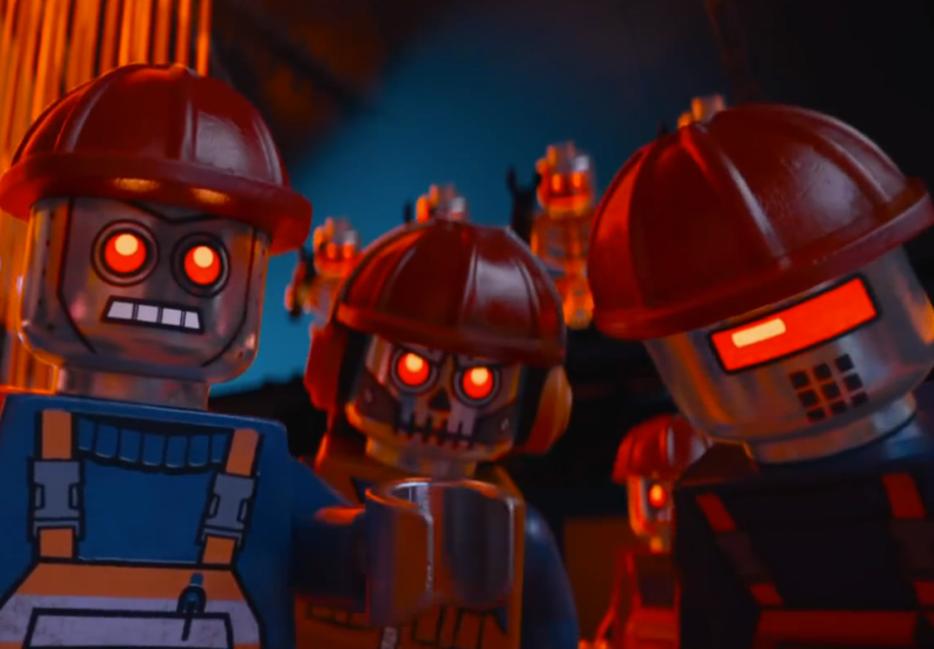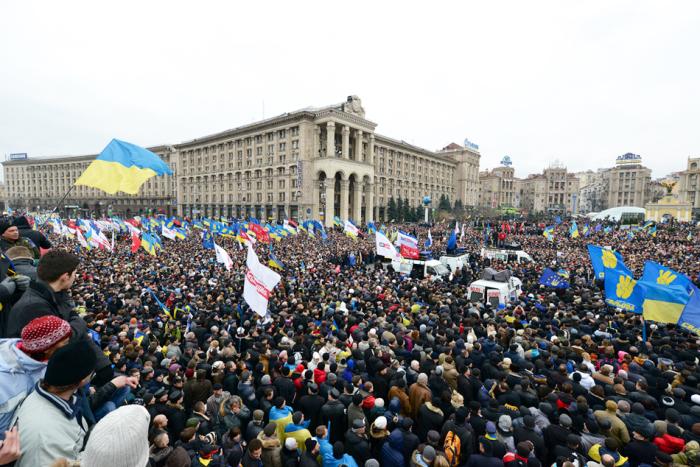The main spoiler alert is that everything ends, but we’re also going to discuss specific endings, so watch yourself.
The Lego Movie begins with Emmet Brickowski realizing he’s the fabled Master Builder who can stop the impending collapse of his little Lego world and ends with the realization that it is all part of the fevered imagination of a kid in a basement whose dad is a little too eager to preserve his own handiwork. If you think about it even a little, it’s basically the perfect play for a toy commercial movie, but it’s not without its disturbing implications—namely, that the screenwriters have no problem picturing a kid playing through an apocalypse.
It’s been a time since I used my imagination in a basement, but while I certainly remember heaps of deceased G.I. Joes that have some really unfortunate contemporary analogues, the idea that the world really could come down would have required faculties well beyond my means. (Not the least of which: that there was anything substantial beyond my G.I. Joes and me.) If our young Lego enthusiast is finding himself preoccupied with thoughts of the end times, though, it may just be that he’s been watching too many movies lately.
The obvious influences here are the superhero pictures, most of which have escalated to world-ending proportions as a matter of course. Where the films of the original X-Men trilogy, for instance, upped their stakes incrementally, First Class began with an obliteration gambit, dropping its heroes into the middle of the Cuban missile crisis; the upcoming Days of Future Past calls on time travel and a series crossover to save us from the destruction of the future. Batman, who shows up in The Lego Movie, had to stop three increasingly literal threats to destroy Gotham in Christopher Nolan’s telling (how delightfully narrow a scope!); last summer’s Man of Steel began with a world’s end and played out the first steps of another one two hours later, not even progressing past its hero’s origin story before threatening the death of every living thing. The Avengers series started out with Robert Downey Jr.’s iron-plated corporate espionage, but the last four films have begun with threats to destroy the world and ramped up to threatening the entire universe. We gotta go somewhere, I guess.
At least in those examples, we have heroes to save us. In the raft of other apocalyptic movie-making of the last little while, it’s just us regular folks. We build giant robots in Pacific Rim, we laugh about it in This is the End and The World’s End, we recruit a criminal mastermind to help us in Despicable Me 2. The end in that last one is a sort of stuffed animal kind, all hairy and purple, but it’s also notable that two markedly playful children’s films in less than six months have tossed out apocalyptic storylines with no hesitation. It’s also notable that, of this recent lineup, only one film runs the biblical route, suggesting that the end is followed by transcendence and bliss. Not only is pop culture telling us there’s going to be a reckoning, it’s warning us that there isn’t even hope for the kids.
Humanity is, of course, prone to whipping up a little bit of public apocalyptic furor every now and then, but we can generally ascribe that kind of thinking to misdiagnosed portents: an impending calendar date, say, or an earthquake in the wrong corner of the world, or an asteroid with a suspicious trajectory. All these cinematic endings are screening in the shadow of an actual potential apocalypse, though, one that we have been warned about for 20-some years, and for which the first portentous strings have started playing.
It’s the purpose of popular entertainment to tap the tenor of the times, but it’s notable here for the way that simply watching our doom play out has stood in for doing much about it. Because the effects on our lives are relatively negligible—dying tree frogs and evaporating ice caps are no match for the ice we have to chip off our sidewalk—our response is largely token in nature, a recycled-materials coffee mug and some noise about bike lanes or reduced carbon intensity. It’s entirely true that we can point a lot of the blame for that at dithering institutions that have a stake in milking the status quo—shadowy, nefarious, and ultimately wrong government and corporate organizations show up repeatedly in these movies (in The Lego Movie, they are one and the same)—but it’s equally true that there has not yet been a critical mass demanding they act otherwise.
In that light, at least, one of the great jokes of these films is that a small group of committed individuals ends up saving the world; out here, the group’s counterparts could probably be counted on to get it together enough to put up that inspirational poster, but otherwise remain pretty powerless, scooping up bricks while the wall tumbles. The films are in some sense, then, fine aspirational fantasies—dreams that not only can the apocalypse can be cancelled, but that you and me and her and Iron Man are all it’s really going to take.
And maybe that’s a natural reaction to what can seem like a helpless inevitability: our problems, after all, began long before us, and will likely have reached a tipping point long before the kids (and maybe even teens and twentysomethings) of today are in a position to do anything substantial about them. We have no superpowers; we are not the fulfillment of some ancient prophecy. We use our lives to fire our imaginations, but no amount of Lego is ever going to rebuild that wall.






